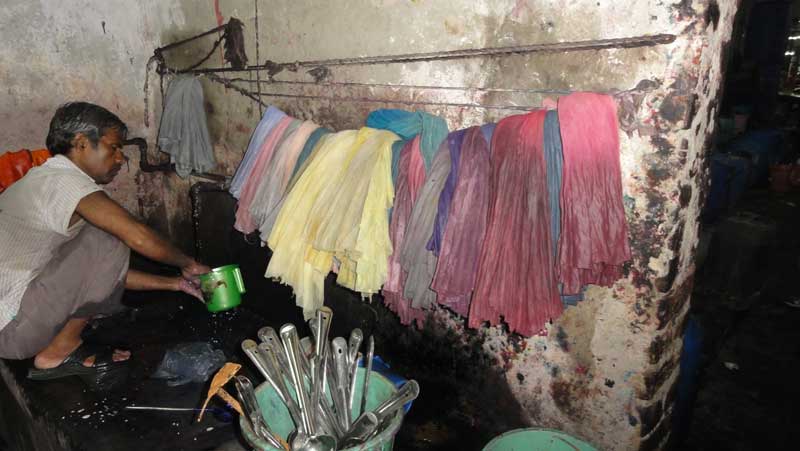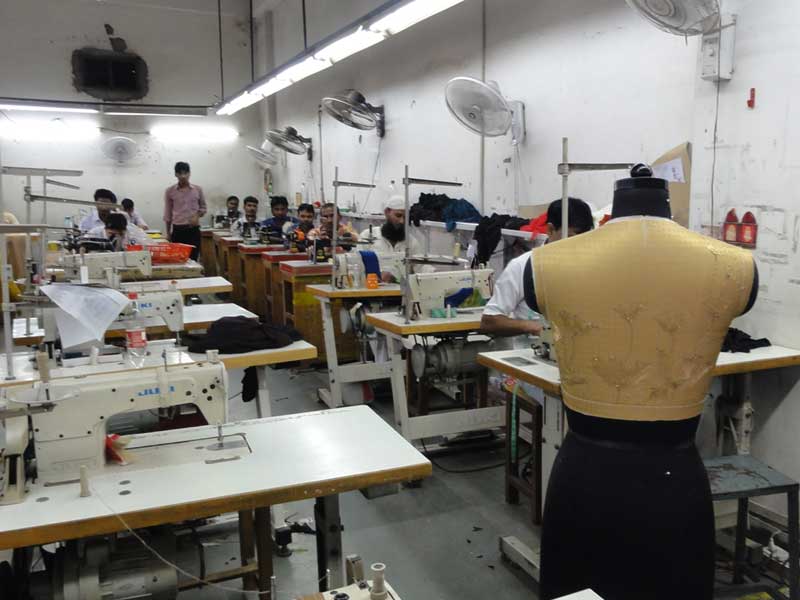Waking up to the news that we all need to wake up to the urgency of climate change was unpleasant but not surprising. The Intergovernmental Panel on Climate Change (IPCC) launched a special report on the impact of global warming of 1.5C. It urges rapid action, yet we all twitter whilst the planet burns!
We know that there are many factors contributing to climate change and the report calls for significant action in the four big areas – energy, land use, cities and industry. So is fashion that much of a problem? Well, yes. In the same way as choosing what to eat ultimately determines land-use – what we wear has an impact too. My first thought when seeing a glossy mag full of models wearing the latest trend of oversized jumpers and coats, was “what an unnecessary waste of materials!” And the disgraceful practice of burning of clothes and products by Burberry and the like to protect their ‘brand integrity’ is just the tip of the (melting) iceberg of environmental impact.

The concept of ‘slow fashion’ takes its inspiration from the ‘slow food movement’ – the antidote to ‘fast food’. ‘Slow fashion’ attempts to make us consider the impact of fashion on the environment and the people employed in the industry. It’s staggering to learn that Fashion is the 2nd most polluting industry in the world, after the oil industry! So what can we, as individuals, do about it? Here are some tips to reduce the impact our clothing has on the environment.
Buy less and buy better quality
I find it staggering that you can buy a T-shirt for the same price as a sandwich! It is tempting to buy more than you need and to easily chuck them away when they disintegrate after a few washes. Go for fewer, better-made items that will stand the test of time, but remember that just because something costs more doesn’t mean that it is made ethically or will last longer. Look at the label, and check out it’s credentials using the app ‘Good on you’.

Buy second hand
Pre-loved, vintage, charity shop or jumble sale – even e-bay – shopping can still be fun, just in a different way. Create your own style and work out what suits you. Did ra ra skirts suit anyone?
Keep classics
Keep any classics in your wardrobe, but give anything not needed to charity shops but be aware that a lot of items can end up in landfill or shipped out to developing countries for them to dispose of.
Natural or man-made?
Both have environmental issues. Cotton production uses a staggering amount of water and pesticides, according to WWF cotton accounts for 11% of worldwide pesticide sales and 24% of global insecticide sales. Polyester has another problem in that it sheds microfibers when washed which enter our water systems – so it goes on polluting. Dyeing fabric has implications for workers and for the environment. Organic natural cotton is better but it still requires a lot of water for its production.
Make do and mend
Instead of throwing damaged clothes away, check if you can repair them. Or look out for brands such as Nudie Jeans who offer a lifetime guarantee and repair service.
And finally don’t buy – ask yourself do I really need it? Can I make do with what I have?